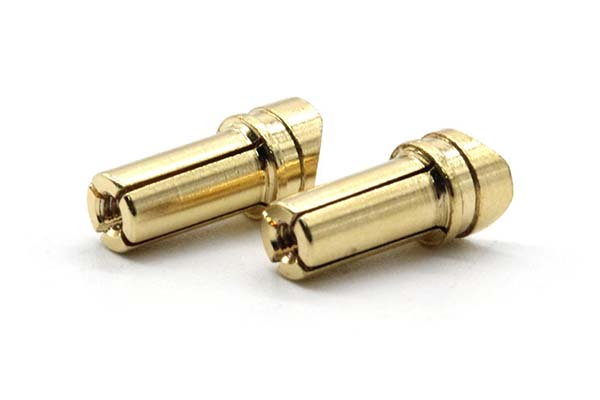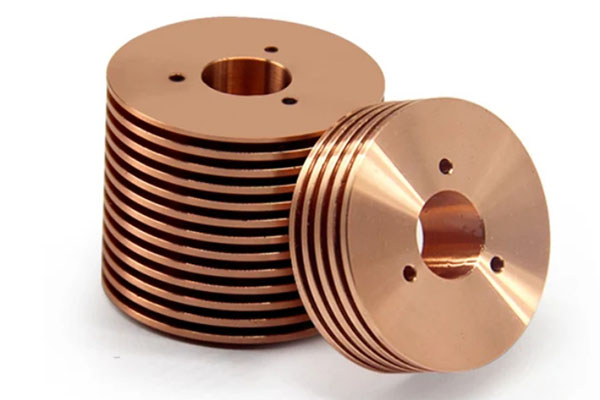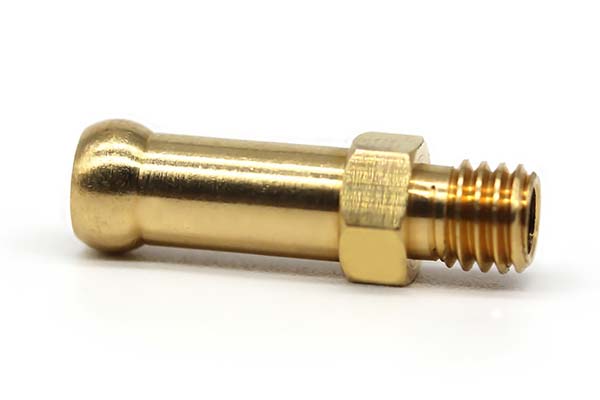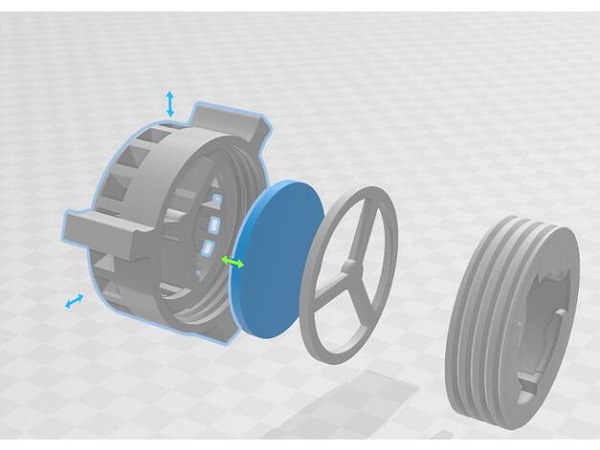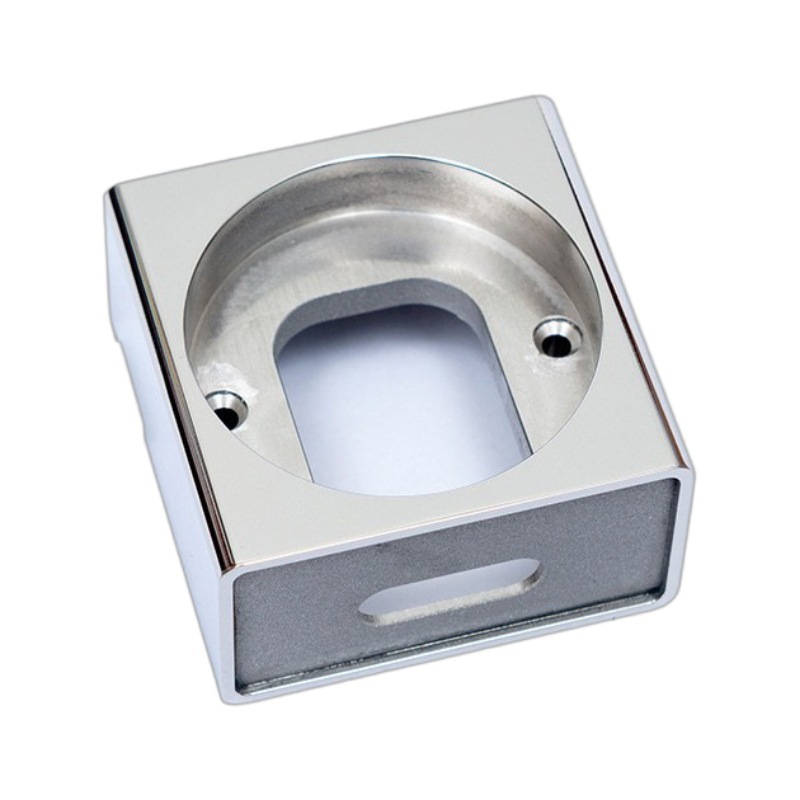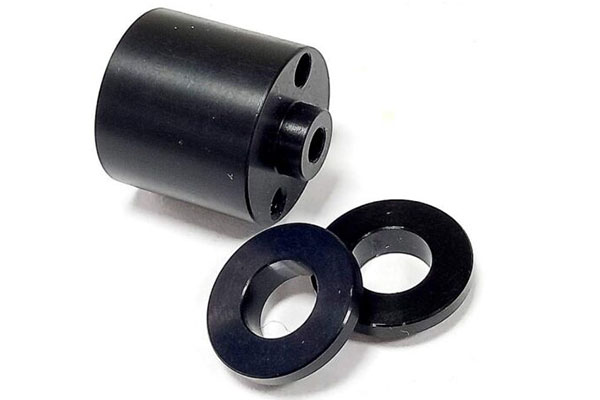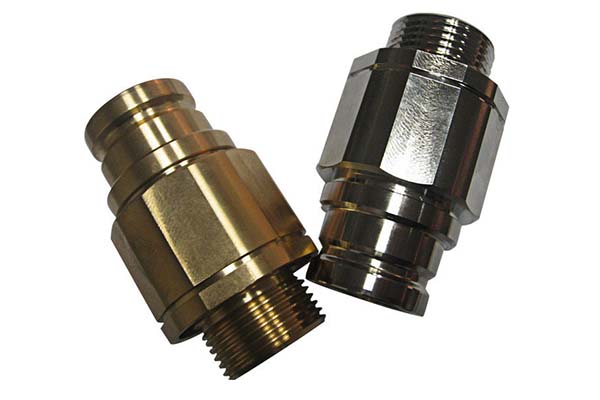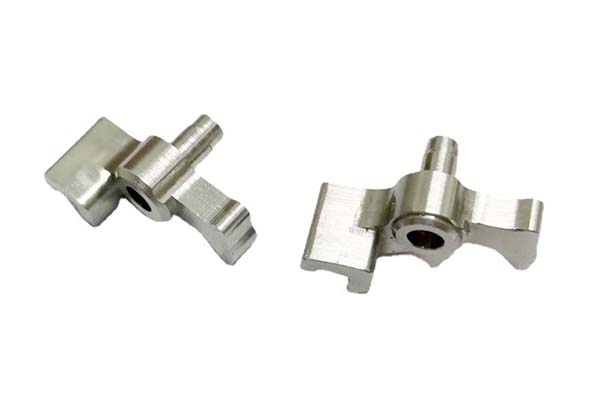C17200 (Beryllium Copper) is a unique alloy prized for its exceptional strength and versatility, but machining it poses distinct challenges. Its age-hardening properties, combined with high strength and specific conductivity requirements, often lead to issues like tool wear, dimensional instability, and surface finish inconsistencies. This guide addresses these pain points, offering actionable strategies to master C17200 machining.
Material Overview of C17200 (Beryllium Copper)
C17200, commonly known as BeCu or C17200 alloy, is a high-performance copper alloy containing 1.8–2.0 % Be and 0.2–0.6 % Co/Ni. This composition enables its standout feature: being age-hardenable, meaning it can be strengthened through heat treatment after machining.
As a high strength copper alloy, it achieves tensile strengths up to 1,200 MPa after aging, surpassing many other copper alloys. This strength, paired with non-sparking and non-magnetic properties, makes it indispensable in hazardous environments like oil & gas facilities, where sparks could ignite flammables.
While its electrical conductivity (22–28 % IACS) is lower than pure copper, it strikes a critical balance between conductivity and strength—ideal for electronic spring contacts. Its thermal conductivity ensures efficient heat dissipation in components like valve seats, and corrosion resistance enhances durability in harsh conditions. Additionally, biocompatibility makes it suitable for medical instruments, though handling requires care due to beryllium content.
| Property | C17200 Specification |
| Beryllium Content | 1.8–2.0 % Be |
| Alloying Elements | 0.2–0.6 % Co/Ni |
| Electrical Conductivity | 22–28 % IACS |
| Post-Age Hardness | 36–42 HRC |
CNC Machining Strategies for C17200
Solution-Treated vs. Age-Hardened Machining
Solution-treated machining (performed after annealing at 790–815°C) is preferred for most operations, as the material is softer (20–25 HRC) and easier to cut. This phase minimizes tool wear and allows tighter tolerances. In contrast, age-hardened machining (after heat treatment to 36–42 HRC) is reserved for final touches, requiring specialized tooling due to increased hardness.
High-Speed Turning and 5-Axis Milling
High-speed turning (with surface speeds up to 150 m/min) works well for cylindrical parts, but requires rigid setups to avoid chatter. Precision 5-axis milling excels at complex geometries in aerospace connectors, leveraging multi-axis movement to maintain accuracy across intricate features.
Trochoidal Milling and Adaptive Toolpaths
Trochoidal milling reduces tool engagement time, controlling heat buildup—a key for C17200, which work-hardens quickly. Adaptive toolpaths adjust feed rates based on material thickness, preventing overload and ensuring consistent chip formation, critical for avoiding micro-cracks.
Chip Control and Coolant
Chip control is vital, as C17200 produces stringy chips that can 缠结刀具. Using single-flute endmills or chip-breaker inserts helps. Coolant-through-tool systems deliver high-pressure (70–100 bar) coolant directly to the cutting zone, reducing friction and flushing chips away.
Low-Stress Fixturing and Vibration Damping
Low-stress fixturing prevents distortion in thin-walled parts like bearing cages. Soft jaws or vacuum chucks distribute clamping force evenly. Vibration damping—via tuned toolholders or machine dampers—minimizes chatter, preserving surface integrity in mirror-finish applications.
Tooling & Cutting Parameters
Carbide Inserts and PCD Tooling
Carbide inserts with AlTiN coating are workhorses for C17200, offering wear resistance at moderate speeds. For mirror finishes or high-precision cuts, PCD tooling (polycrystalline diamond) outperforms carbide, though at higher cost.
Cutting Speeds and Feeds
- Cutting speed: 80–150 m/min (solution-treated); 50–80 m/min (age-hardened). Higher speeds risk excessive tool wear.
- Feed rate: 0.05–0.12 mm/tooth. Faster feeds can cause work-hardening, while slower rates may induce rubbing.
- Depth of cut: 0.1–1.0 mm. Shallower depths suit finishing passes for Ra 0.1–0.4 µm finish.
Rake Angle and Edge Prep
A positive rake angle (5–10°) reduces cutting forces, while sharp edge prep (0.01–0.02 mm radius) ensures clean cuts without tearing—critical for avoiding burrs in medical instruments.
Tool Wear Monitoring and Micro-Lubrication
Tool wear monitoring (via laser sensors or visual checks) prevents degraded surface finish; replace inserts when flank wear exceeds 0.3 mm. Micro-lubrication (MQL) with vegetable-based oils reduces friction in precision areas, complementing coolant systems.
Heat Treatment & Post-Machining Processes
Solution Annealing and Age Hardening
Solution annealing (1–2 hours at 790–815°C) softens the material, preparing it for machining. Age hardening at 315 °C (2–4 hours) develops full strength, with aging time optimization balancing hardness and ductility.
Dimensional Change Control
C17200 shrinks 0.05–0.1% during aging. Compensating for this in CAD models (oversizing by 0.001–0.002 mm per mm) ensures final dimensions meet ±0.005 mm tolerances.
Distortion Mitigation and Stress Relieving
Distortion mitigation involves machining near-net shapes before aging, then finishing post-heat treatment. Stress relieving (120–150°C for 1–2 hours) after roughing reduces residual stresses, preventing warpage in undersea connectors.
Surface Finish & Precision Requirements
Ra 0.1–0.4 µm Finish and Mirror Passes
Achieving Ra 0.1–0.4 µm finish requires PCD tools, slow feeds (0.02–0.05 mm/rev), and light cuts (0.05–0.1 mm). Mirror finishing passes (with 0.01 mm depth of cut) use polished PCD tools to create reflective surfaces in optical components.
Tight Tolerances and CMM Inspection
Tight tolerances ±0.005 mm demand temperature-controlled environments (20±1°C) and frequent CMM inspection (coordinate measuring machines) to verify dimensions. Profilometry checks surface roughness, ensuring compliance for medical instruments.
Burr-Free Edges and Micro-Cracking Prevention
Burr-free edges are achieved via sharp tools and post-machining deburring (vibratory finishing or laser deburring). Avoiding excessive cutting forces prevents micro-cracking, which can compromise high-cycle fatigue components like springs.
Applications & Industry Segments
Aerospace and Oil & Gas
Aerospace connectors rely on C17200’s strength and conductivity. Oil & gas non-sparking tools (wrenches, scrapers) use its non-sparking trait to prevent explosions in volatile environments.
Plastic Molds and Electronics
Plastic mold inserts benefit from its heat conductivity and polishability, ensuring uniform cooling and high-quality part replication. Electronic spring contacts leverage its combination of strength and conductivity for reliable connections.
Medical and Undersea
Medical instruments (scalpels, forceps) use its biocompatibility and corrosion resistance. Undersea connectors withstand harsh marine environments, thanks to corrosion resistance and dimensional stability.
Yigu Technology specializes in C17200 machining, from solution-treated roughing to age-hardened finishing. Our expertise in heat treatment coordination and precision tooling ensures parts meet aerospace and medical standards. We optimize processes for cost-efficiency without compromising on Ra 0.1 µm finishes or ±0.005 mm tolerances.
FAQs
- Is C17200 safe to machine?
- Yes, with proper PPE (respirators, gloves) and ventilation, as beryllium dust is hazardous. Wet machining reduces dust.
- Can C17200 be welded?
- Welding is possible but risks grain growth. Brazing is preferred for joining, preserving mechanical properties.
- How does age hardening affect machining?
- Age-hardened C17200 (36–42 HRC) is 3x harder than solution-treated material, requiring slower speeds and harder tooling (PCD or CBN).
